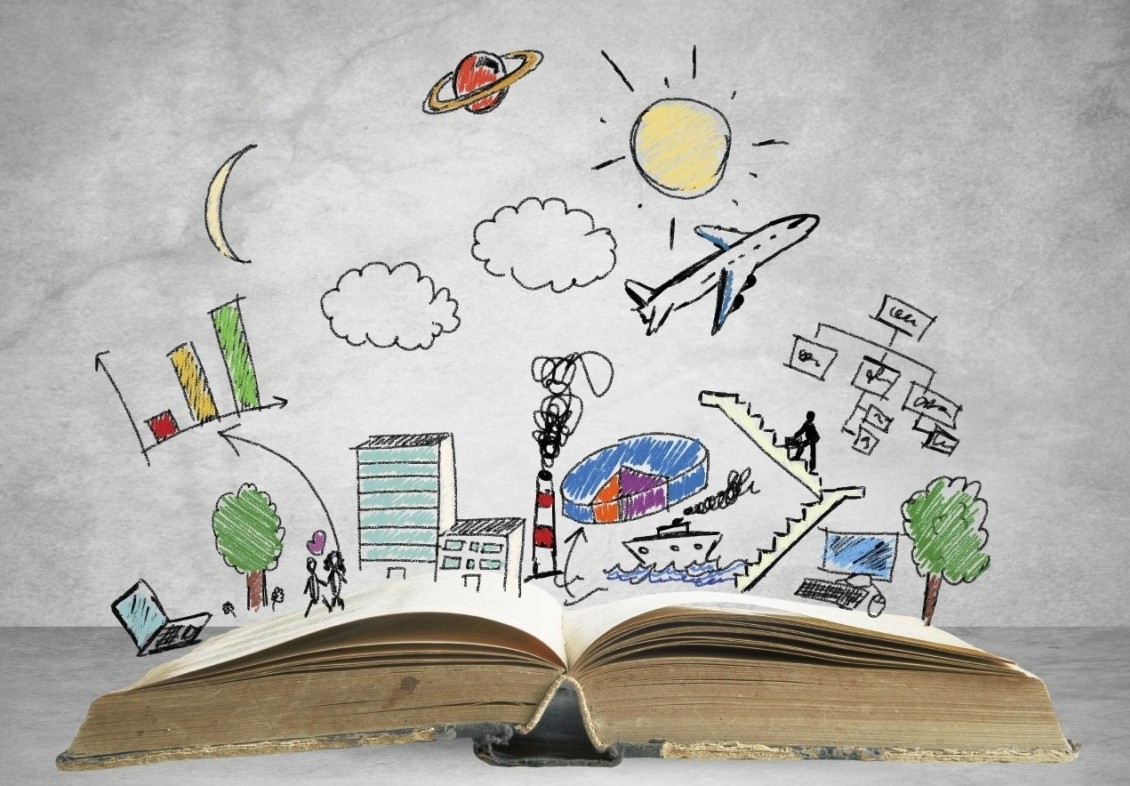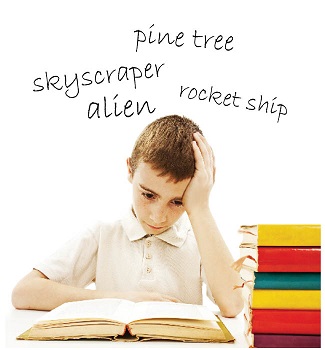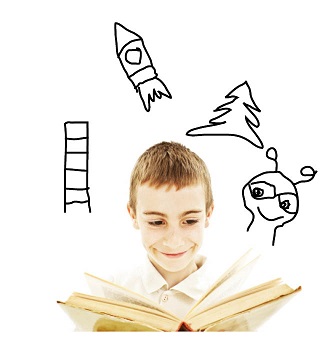Vision & Learning
Vision is our dominant sense, so it’s no wonder that over 80% of classroom learning comes through visual pathways.

Strong visual learning improves our ability to read, spell, organize, and even perform math effectively. And yet, the benefits of good visual learning don’t end at the classroom door.

Even if you’re already a visual learner, strengthening this skill set can dramatically improve the efficiency and ease with which you learn and perform daily tasks.

Visual learning skills can be applied to work, sports, reading, writing, leisure activities, social activities, and more.
What is your learning style?
Are you a visual learner?
Can you create a picture in your mind when you read? Do you use images to help with memorization?
Are you an auditory learner?
Do you prefer to hear or repeat things over and over in order to memorize?
Are you a tactile/kinesthetic learner?
Do you need to touch or feel in order to “see” or learn something new?
See how many of the following apply:

- Can you create pictures in your mind while reading, or do you read “word for word” and ask, “What did I just read?”
- When you learn a new word, can you remember it? Can you “see” the word in your mind’s eye? Or do you try to hear all the letters?
- Can you remember a series of items without writing them down?
- Have you memorized math facts, do you use your fingers or use a multiple step process to come up with an answer?
- Do you have creative ideas, yet struggle when trying to put them into words for writing?

These are all tasks that require visualization and mental imagery.
Once visual learning becomes the dominant learning strategy, we no longer have to compensate by using less effective sensory systems (hearing/touch).
Take the Symptom Checklist
Could you or your child benefit from Vision Therapy? Find out now with our easy Symptom Checklist.
What is Vision Therapy?
Click below to read more about how Vision Therapy can help treat the root cause of learning problems.
